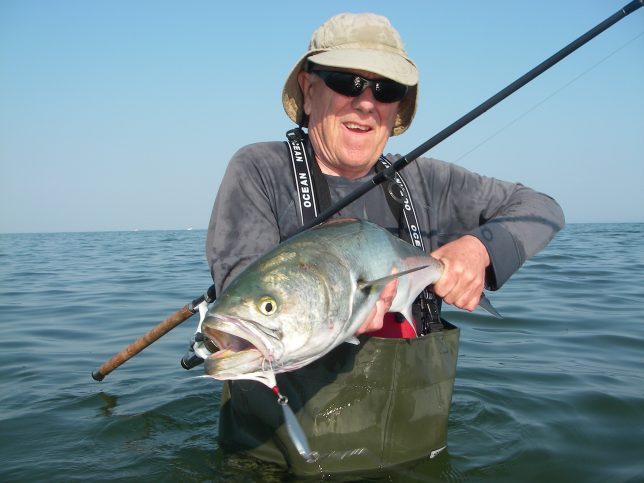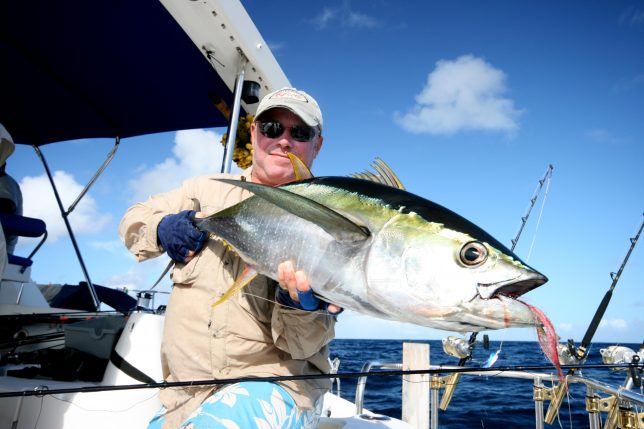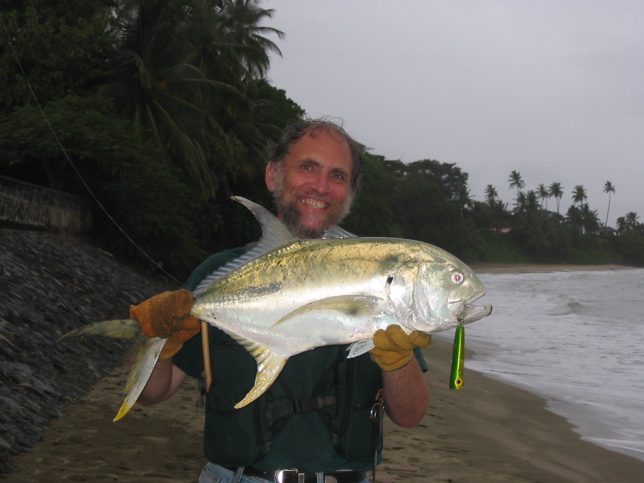Compact Angling Photography – Part 1 by Steve Pitts
Several years ago, Henry Gilbey gave an enthralling presentation on angling photography at our AGM, which got me thinking.
Like most things that Henry gets involved in (that’s a bit of an understatement seeing as he earns his living out of photography) he is passionate about obtaining the best results and has honed his skills to become one of the foremost photo-journalists in the UK and in the angling world, his work is seldom bettered.
I was listening intently to Henry and watching his ‘slide show’ (understatement no.2!) and I couldn’t help but try to picture myself taking the shots that he was running through and asking myself –
- Would I have taken that one any differently?
- How would I have framed that shot?
- How did he get that background out of focus and the fish so pin-sharp?
- I don’t have an expensive Nikon SLR, with a multitude of lenses, so how could I ever get the same detail in my angling photos?
- What could I achieve with my point and shoot digital compact camera?
Now I’m no David Bailey – there, I’ve admitted it – but I do appreciate a well composed photo and if the subject matter is a fish, an angler, a seascape, a landscape with any water in it, or a pretty girl (well I’m not obsessed with fishing!) then I do find myself asking those same questions, just before I press the ‘fire!’ button.
During his presentation, Henry ran through a few of his golden rules of photographing fish and fishing-related photography and explained how he ‘works the fish and the angler’ to get them both positioned for the best visual effect.

So, you can’t ask the fish to pose for you, but you can encourage (Henry suggested cajoling) the angler to ‘present’ the fish to the camera by holding it in a way which adds some interest to the shot.
A picture of you holding a fish in a filthy towel or with it covered in muck isn’t going to look good in your photo album and the classic ‘The Hunter Returns Victorious’ pose, set in front of the garden shed or kitchen sink, won’t win you any prizes in the Photo with the best background category in the monthly angling magazines, so give it a dunk to rinse it off just before you take the shot and you might even catch the droplets of water as they drip off of the fish, which always adds a hint of movement and life to the image.

I remember Henry’s advice on when to ‘lose the sky’ by finding an interesting background for when conditions are dull and overcast and the light is ‘flat’, thus avoiding a drab background to the picture.
Perhaps I should have tried to ‘lose the sky’ in this shot of Alan Vaughan – but we were fishing when Hurricane Ivan hit Tobago.

So, it isn’t just because he has a flash camera that his photos are always interesting and draw you in to his shot – He thinks about each photo, each fish, all of the options, the situations, the conditions, the format, and the focal point of interest in each shot. Me – I just point and shoot, so no wonder I get crap results!
Having said that, with the relative low-price of compact digital cameras – aka Point & Shoot, it is so easy to take several shots and quickly review each in turn in the hope that just one will turn out OK. But with a bit of thought and a few of Henry’s tips it’s possible to improve the odds and get some good results from most digital, Point & Shoot cameras or a mobile phone if you prefer using one.
I know that a lot of anglers take along a camera when they fish – the internet forums and angling magazines have hosted some marvellous snaps over the past few years – mostly shot on digital Point & Shoot jobs, rather than a high-end Single Lens Reflex (SLR) with inter-changeable lenses and filters.
It’s very much a matter of ease of use and their compact (the clue is in the name) size that makes the compact digital Point & Shoot the favoured camera for anglers and if it’s a water-proof model, then so much the better.
So, is it possible to take Henry’s techniques and apply them to the average angler, let loose with a cheap and cheerful compact ‘idiot-proof’ camera, such as me?
I think it is and, in Part 2, I’ll highlight a few ideas for you to try, based on my adaptations of those golden rules and to suit the average angling snapper with a £50 – £200 fit-in-the-pocket digital camera or phone.
Keep an eye out for Part 2 coming shortly ….